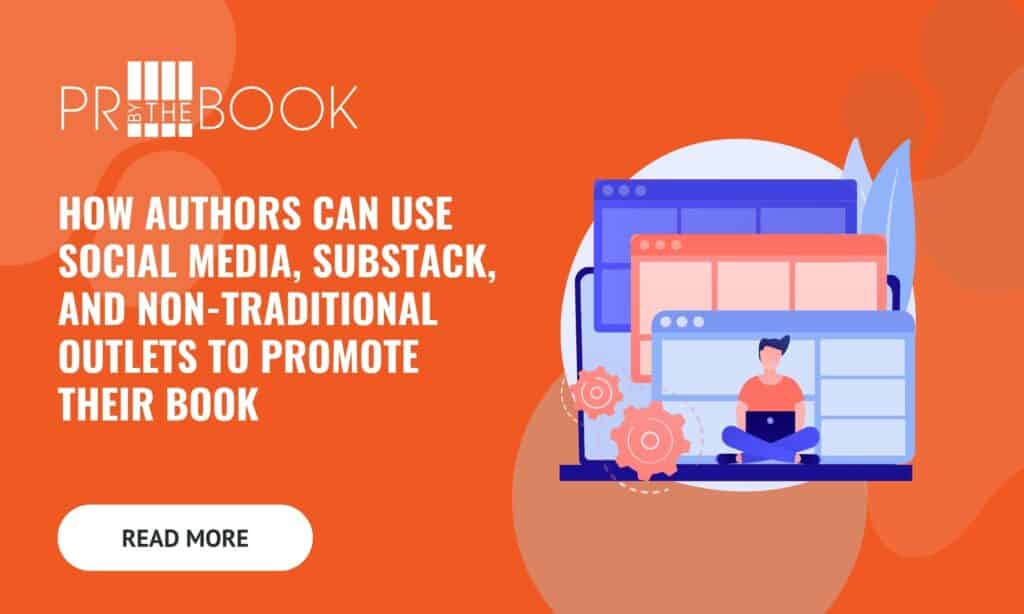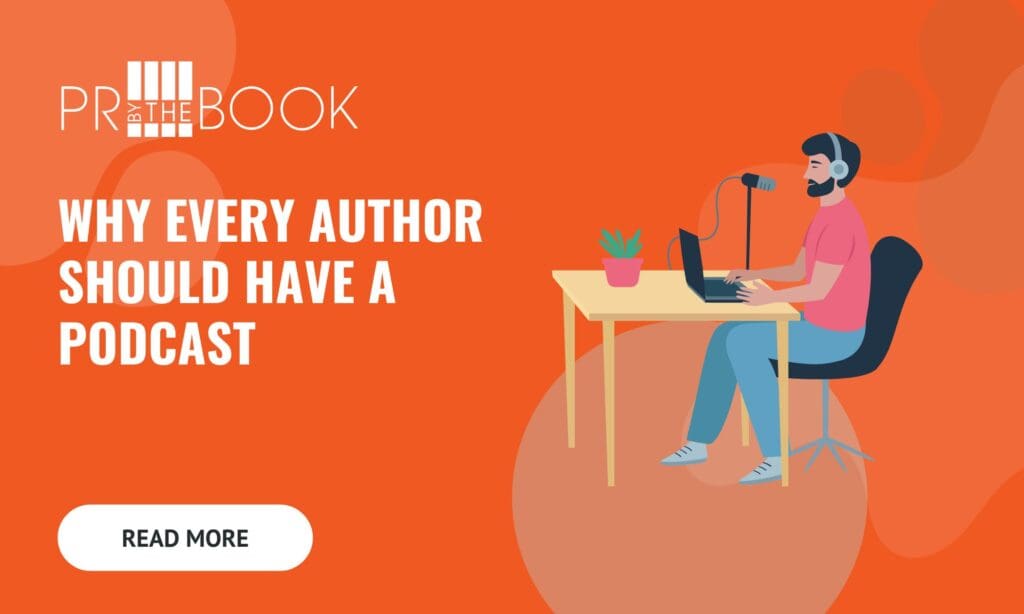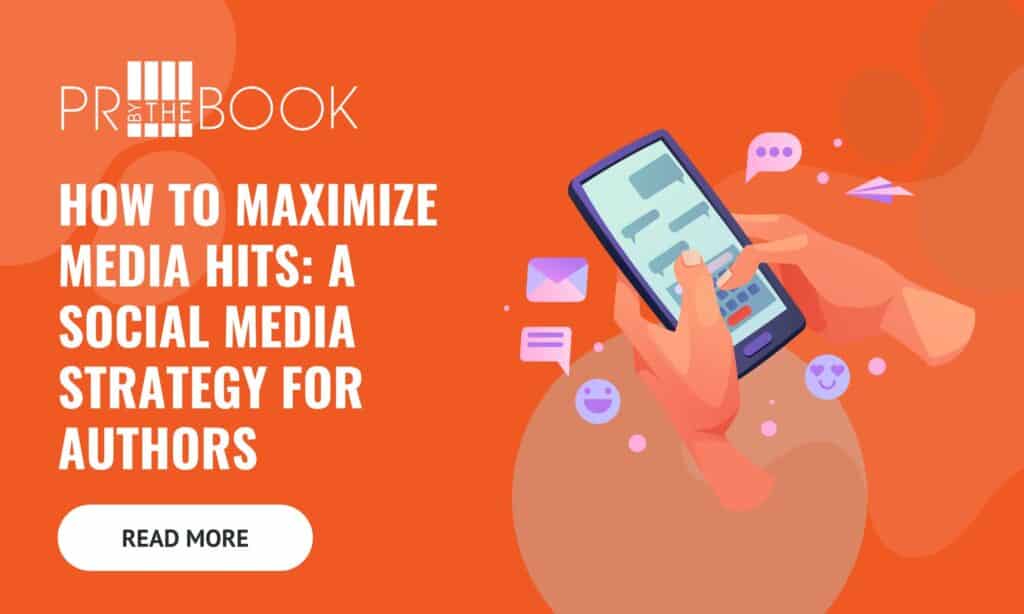Home » How Authors Can Use Social Media, Substack, and Non-Traditional Outlets to Promote Their Book
How Authors Can Use Social Media, Substack, and Non-Traditional Outlets to Promote Their Book
-
Wes Seeley
- Reading Time: 7 Minutes

SHARE
Authors can boost book sales by using social media, Substack, and non-traditional outlets to connect with readers, build community, and grow a loyal fanbase.
The landscape of book promotion has dramatically evolved over the past decade, giving authors unprecedented tools to reach readers directly. Traditional marketing channels—book tours, press releases, and bookstore signings—are now complemented, and often surpassed, by digital platforms. Here are several ways authors can leverage social media, Substack, and other non-traditional outlets to maximize their book’s visibility and sales.
Social Media: Building Community and Buzz
Social media platforms are indispensable for modern book marketing, offering direct access to readers, opportunities for direct-to-consumer marketing, and a space to build a loyal audience.
- Platform Selection: Not every platform is right for every author or every book. Instagram excels for visual storytelling and cover reveals, TikTok (especially #BookTok) is powerful for reaching younger audiences with creative, short videos, and Facebook is ideal for building communities, especially among older readers. LinkedIn works well for nonfiction authors targeting professionals, while X is great for engaging in topical conversations about writing and publishing.
- Content Creation: Engaging, authentic content is key. Authors share book excerpts, behind-the-scenes glimpses of their writing process, personal stories, and even creative photos or quotes. This not only promotes the book but also humanizes the author, fostering a deeper, personal connection with potential readers.
- Influencer Collaborations: Partnering with book bloggers, genre-specific groups, or micro-influencers can amplify reach. These collaborations bring credibility and introduce books to new audiences.
- Community Engagement: Successful authors like Neil Gaiman and John Green use their platforms to interact with fans, respond to comments, and participate in discussions, making readers feel valued and involved. In addition, hosting live Q&A sessions, virtual book launches, or readings on platforms like Instagram Live or Facebook Live creates excitement and a sense of exclusivity.
Substack and Email Newsletters: Direct Reader Relationships
Substack and similar newsletter platforms empower authors to build and nurture a dedicated readership without relying on intermediaries.
- Direct Communication: Newsletters allow authors to reach their biggest fans directly, sharing updates about new projects, event listings, behind-the-scenes stories, and personal recommendations.
- Platform Building: For unpublished or emerging authors, newsletters can serve as a platform to showcase original content, curate recommendations, or offer valuable insights—helping to attract and retain an audience.
- Monetization Potential: Substack offers built-in monetization options, allowing authors to charge for premium content once they’ve established a loyal subscriber base. However, charging too early can hinder growth, so it’s important to focus first on building value and trust.
- Networking: Substack encourages cross-promotion by recommending other newsletters, which can help authors tap into new audiences organically.
Alternative and Non-Traditional Outlets: Expanding Reach
Beyond social media and newsletters, several non-traditional outlets can help authors reach readers and sell books:
- Bookshop.org: Authors can support independent bookstores and reach socially conscious readers by directing sales through Bookshop.org, which attributes profits to local stores.
- Aggregators: Platforms like Draft2Digital and StreetLib distribute eBooks and audiobooks to a wide range of retailers and library systems, expanding international reach without upfront costs.
- Local Partnerships: Some authors have found success by partnering with local galleries, cafes, or niche retailers, especially those that support local creators.
Tips for Success
- Define Clear Goals: Know whether your primary aim is to boost sales, grow your brand, or build a community—this will inform your strategy and content choices.
- Consistency Matters: Regular, authentic engagement builds trust and keeps your audience invested over time.
- Track and Adapt: Use analytics to understand what resonates with your audience and adjust your approach accordingly.
- Stay Current: Social media trends and digital tools evolve rapidly; staying informed ensures your promotional tactics remain effective.
Authors today have more control and creative freedom—as well as more responsibility—over their book promotion than ever before. By strategically combining social media, newsletters like Substack, and alternative sales outlets, writers can connect directly with readers, build a personal brand, and drive book sales organically—often with greater agility and authenticity than traditional marketing alone.
Ready to get your book in front of more readers? Contact us today to learn how we can help you build a personalized publicity strategy that delivers results.
Looking for more book promotion tips? Check out:
Wes Seeley

How Authors Can Use Social Media, Substack, and Non-Traditional Outlets to Promote Their Book
How Authors Can Use Social Media, Substack, and Non-Traditional Outlets

Why Every Author Should Have a Podcast
Why Every Author Should Have a Podcast SHARE How podcasting

How to Maximize Media Hits: A Social Media Strategy for Authors
How to Maximize Media Hits: A Social Media Strategy for

